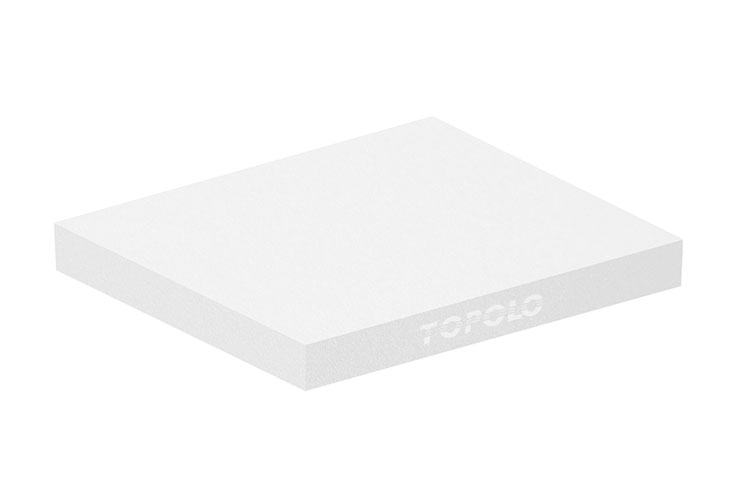Home » Materials » Foam Board
EPP Foam (Expanded Polypropylene) is a high-performance closed-cell bead foam material produced by heating, foaming, and molding polypropylene (PP) resin. Its cells are uniform and independent, filled with gas to provide excellent cushioning, energy absorption, thermal stability, and chemical resistance. As an engineering-grade foam, EPP combines lightweight, high strength, impact resistance, and recyclability, effectively bridging the gap between rigid plastics and soft foams. With this unique combination of properties, EPP has become the ideal choice for a wide range of demanding applications and is recognized as one of the most promising eco-friendly foam materials available today.

Advantages of EPP Foam
- Excellent Impact Resistance
EPP offers extremely high energy absorption capacity and quickly recovers to its original shape after impact, allowing for repeated impacts.
- Lightweight and High-Strength
With a density range of 15–200 kg/m³, it offers lightweight yet excellent compressive strength, effectively reducing structural weight.
- Excellent High-Temperature Resistance
It can withstand long-term use in temperatures ranging from -40°C to +120°C. Some high-temperature grades can withstand temperatures exceeding 130°C, making it suitable for high-temperature applications such as engine compartments and thermoformed parts.
- Excellent Chemical and Water Resistance
It offers excellent resistance to oils, chemical solvents, and moisture, with extremely low water absorption, making it suitable for humid or complex working conditions.
- Recyclable
EPP foam is a 100% recyclable thermoplastic material that can be repeatedly processed and reused, embracing sustainable manufacturing principles.
- Excellent thermal and sound insulation performance
The closed-cell structure effectively reduces thermal conductivity, providing excellent thermal insulation, heat insulation, and sound insulation.
- Flexible design and strong processability
It can be combined with FRP, aluminum plates, PP sheets, and other materials through mold foaming, hot pressing, cutting, and lamination, offering a wide range of applications.
Physical Properties
| Density | 15-50 kg/m³ |
| Tensile Strength | 0.3–1.0 MPa |
| Compressive Strength | 100–1500 kPa |
| Rebound Rate | >80% |
| Water Absorption | <0.2% |
Applications of EPP Foam
Automotive Industry
- Bumper energy absorber liners
- Dashboard cores
- Door panels, roof liners, seat cushions
- Child safety seats
- EV battery insulation and protection liners
- Luggage compartments and thermal insulation partitions
Packaging and Transportation
- Shock-absorbing packaging for precision instruments and electronics
- Medical equipment transport cases
- Heavy-duty logistics turnover boxes
- Reusable cold chain insulated containers (for food, pharmaceuticals, and delivery services)
Sports and Leisure Products
- Safety helmets and protective gear
- Surfboards and flotation boards
- Model aircraft and drone components
Construction and Industrial Applications
- Thermal insulation boards
- Acoustic and sound-absorbing materials
- Industrial cushioning and support structures
Composite Structural Materials
- EPP foam core composite panels (laminated with FRP, PP sheets, or aluminum skins)
- Lightweight truck bodies, camper vans, RVs, and marine interior components